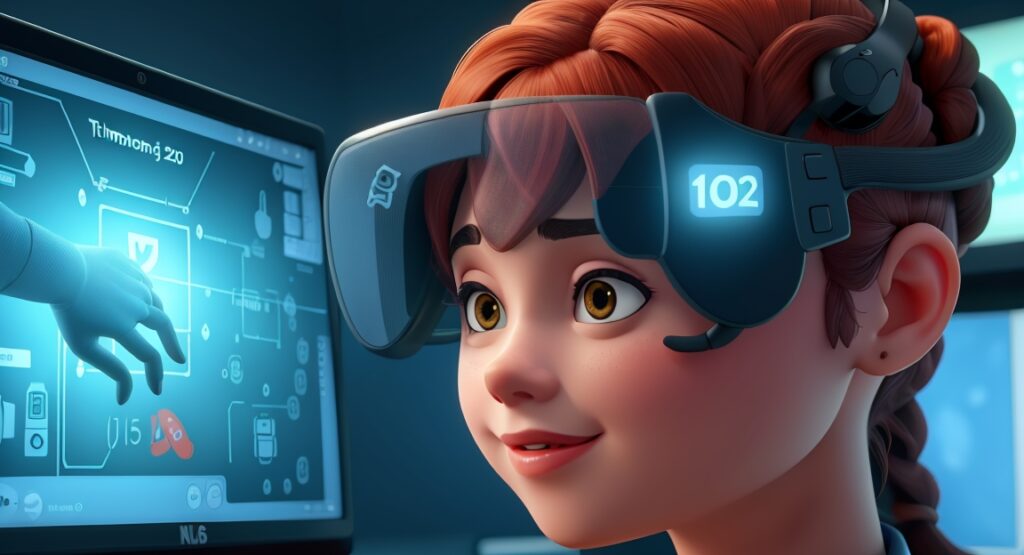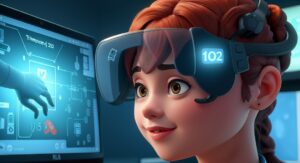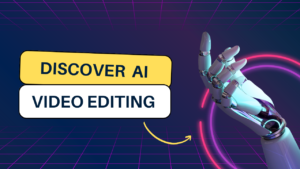Here are some of the top 10 computer vision techniques that I think are worth learning in 2024:
1.Synthetic Data and Generative AI:
This technique involves using generative models, such as generative adversarial networks (GANs), to create realistic synthetic data that can be used to train computer vision systems. Synthetic data can help overcome the challenges of data scarcity, privacy, and diversity, as well as reduce the cost and time of data collection and labeling. Synthetic data can also be used to augment existing data sets and improve the performance and robustness of computer vision models1
2.3D Computer Vision:
This technique involves capturing and analyzing 3D images, such as depth maps, point clouds, meshes, and voxels, using multiple cameras or sensors. 3D computer vision can provide more accurate and detailed information about the shape, size, pose, and texture of objects and scenes than 2D images. 3D computer vision can also be used to create realistic 3D models for use in simulations, digital twins, virtual reality, and augmented reality1
3.Semantic Segmentation:
This technique involves assigning a semantic label, such as a class or category, to every pixel in an image. Semantic segmentation can help understand the content and context of an image at a fine-grained level, such as identifying different objects, regions, surfaces, and boundaries. Semantic segmentation can also be used for various applications, such as autonomous driving, medical imaging, scene understanding, and image editing2
4.Object Detection:
This technique involves locating and classifying one or more objects of interest in an image. Object detection can help recognize and track different types of objects, such as faces, people, animals, vehicles, and weapons. Object detection can also be used for various applications, such as security, surveillance, retail, sports analysis, and wildlife conservation2
5.Face Recognition: This technique involves identifying and verifying the identity of a person based on their facial features. Face recognition can help authenticate and authorize users for various services, such as banking, e-commerce, social media, and travel. Face recognition can also be used for various applications, such as biometric security, law enforcement, entertainment, and education2
6.Image Classification:
This technique involves assigning a label or category to an image based on its content. Image classification can help understand the general theme or topic of an image, such as whether it contains a dog or a cat. Image classification can also be used for various applications, such as search engines, recommender systems, content moderation, and sentiment analysis2
7.Image Generation:
This technique involves creating new images from scratch or modifying existing images using generative models, such as GANs. Image generation can help synthesize realistic and diverse images that can be used for data augmentation, artistic expression, style transfer, image inpainting, super-resolution, and face swapping2
8.Image Captioning:
This technique involves generating a natural language description of an image that summarizes its content and context. Image captioning can help provide a textual representation of an image that can be used for accessibility, communication, storytelling, and education. Image captioning can also be used for various applications, such as search engines, social media, photo albums, and tourism. 3
9.Optical Character Recognition (OCR):
This technique involves extracting text from images, such as scanned documents, signs, receipts, and license plates. OCR can help convert images into editable and searchable text that can be used for data entry, information retrieval, translation, and analysis. OCR can also be used for various applications, such as document digitization, invoice processing, business card scanning, and license plate recognition. 3
10.Pose Estimation:
This technique involves estimating the pose or posture of a person or an object in an image or a video. Pose estimation can help understand the actions and interactions of people and objects in various scenarios, such as sports, dance, healthcare, and gaming. Pose estimation can also be used for various applications, such as motion capture, gesture recognition, activity recognition, and augmented reality. 3
These are some of the top 10 computer vision techniques that I think are worth learning in 2024. I hope you found this information helpful and interesting. If you want to learn more about computer vision projects that you can work on to enhance your skills and portfolio, you can check out this link: Top Computer Vision Projects.







